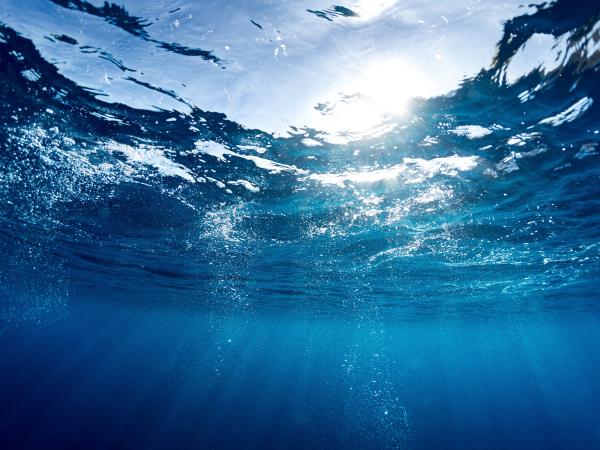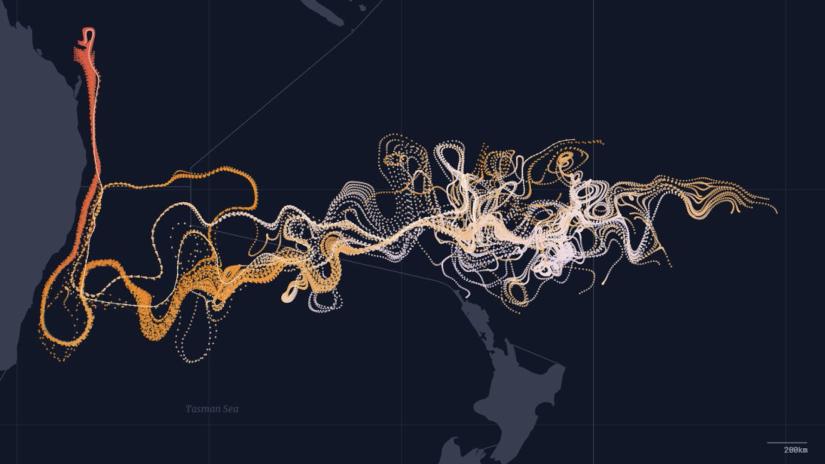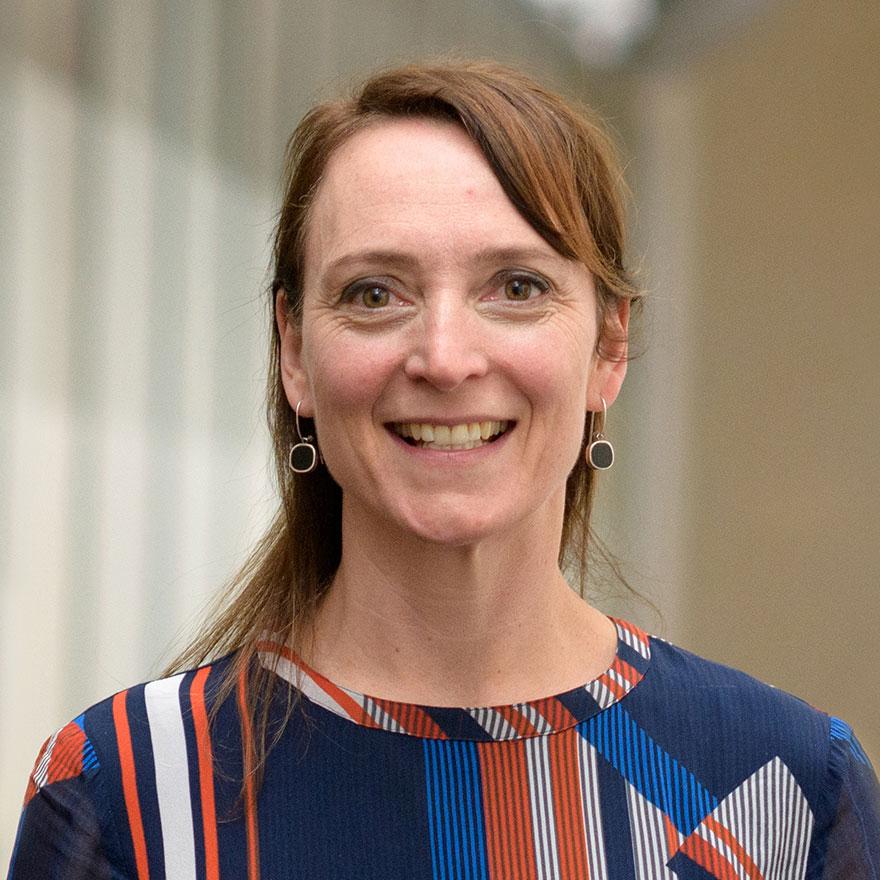Citizen scientists use a simulated web environment to help map the ocean trajectories of marine microbes.
Project summary
Marine microbes play a critical role in sustaining our planet. They are small organisms of immense significance, producing approximately 50% of the oxygen in Earth’s atmosphere and removing much of its carbon dioxide.
However, due to climate change, their ocean habitats are undergoing unprecedented change; parts of the ocean are warming and becoming more acidic, and the frequency of climate extremes (e.g., heatwaves) is increasing.
How marine microbes experience this increasingly variable environment is an important question for ocean scientists to consider because impacts to microbes can cascade all the way through socio-ecological systems. The future of marine microbes is a global concern.
The ocean is vast and remains largely unexplored, rendering a significant challenge for oceanographic research. Through representative models of the ocean’s surface circulation, this project called Adrift, provides a simulated web environment that makes the global ocean accessible. The objective of the project is to characterise the experience of drifting marine microbes in order to more accurately test their environmental tolerances in laboratory experiments.
Adrift uses the input of citizen scientists to help map the ocean trajectories of marine microbes within this simulated web environment. By compiling data along drift trajectories, participants help ocean scientists better understand the biological experiences of marine microbes and more accurately predict their future.
The project is a collaboration between the UTS Climate Change Cluster and School of Design together with the Centre for Science Communication at the University of Otago in New Zealand. Adrift is generously funded by the Inspiring Australia – Science Engagement Programme, an initiative by the Australian Government Department of Industry, Innovation and Science.
For more information, visit the Adrift project website.
Project timeframe
2017 - 2021
SDG targets addressed by this project
Partnerships for the goals:
17.17 – Encourage and promote effective public, public-private and civil society partnerships, building on the experience and resourcing strategies of partnerships Data, monitoring and accountability. Encourage and promote effective public, public-private and civil society partnerships, building on the experience and resourcing strategies of partnerships Data, monitoring and accountability.
-
Director and CEO of Sims Climate Change Cluster
-
Key collaborators
- Centre for Science Communication, University of Otago, New Zealand
- Australian Bureau of Meteorology
- Australian Integrated Marine Observing System (IMOS)
- Science Engagement Programme





